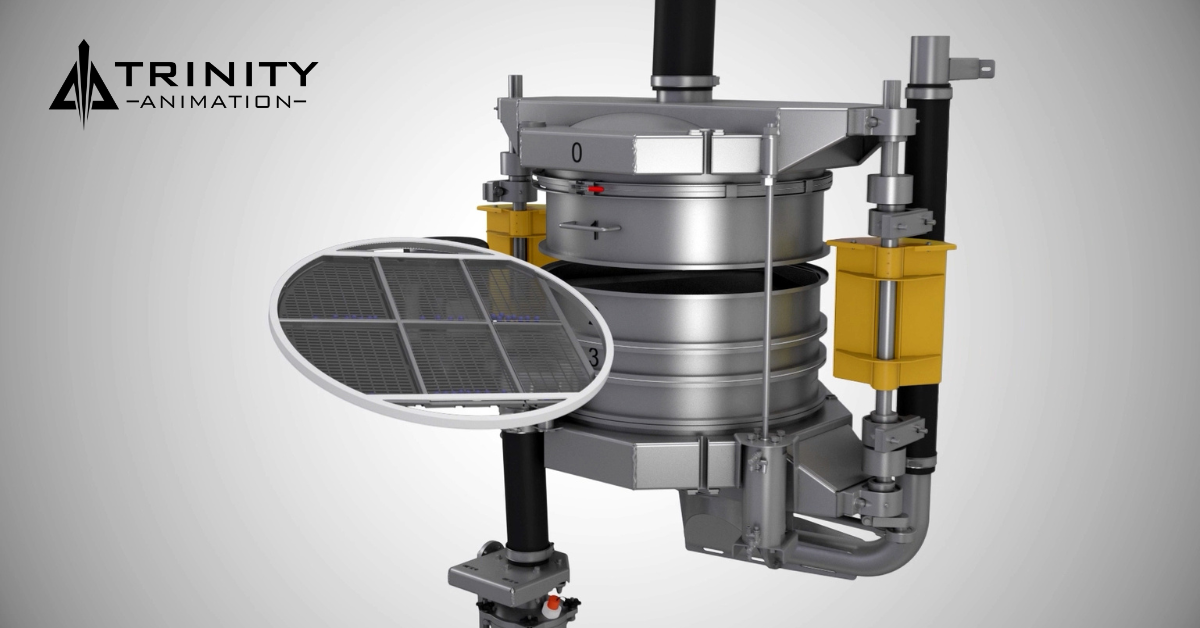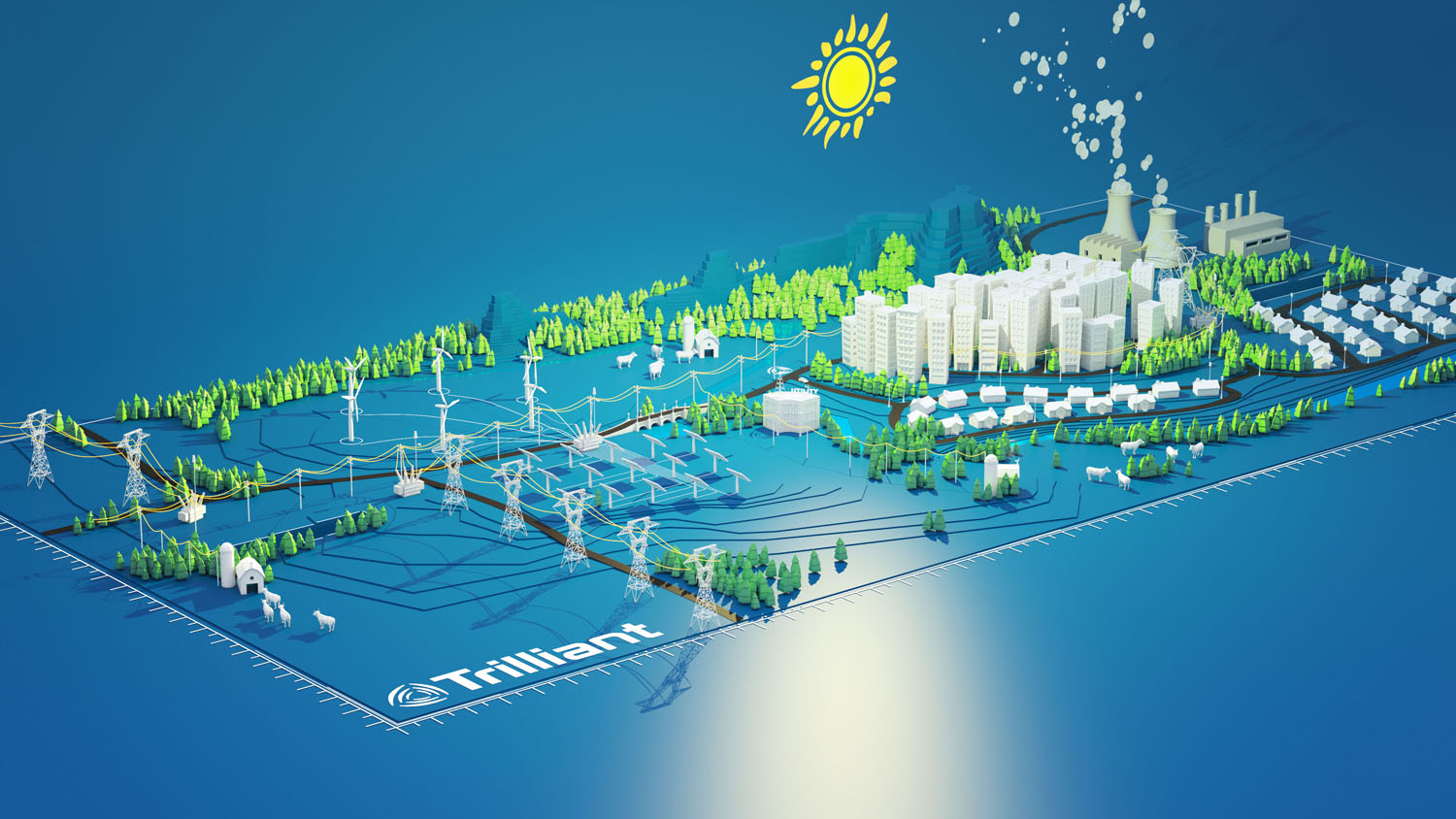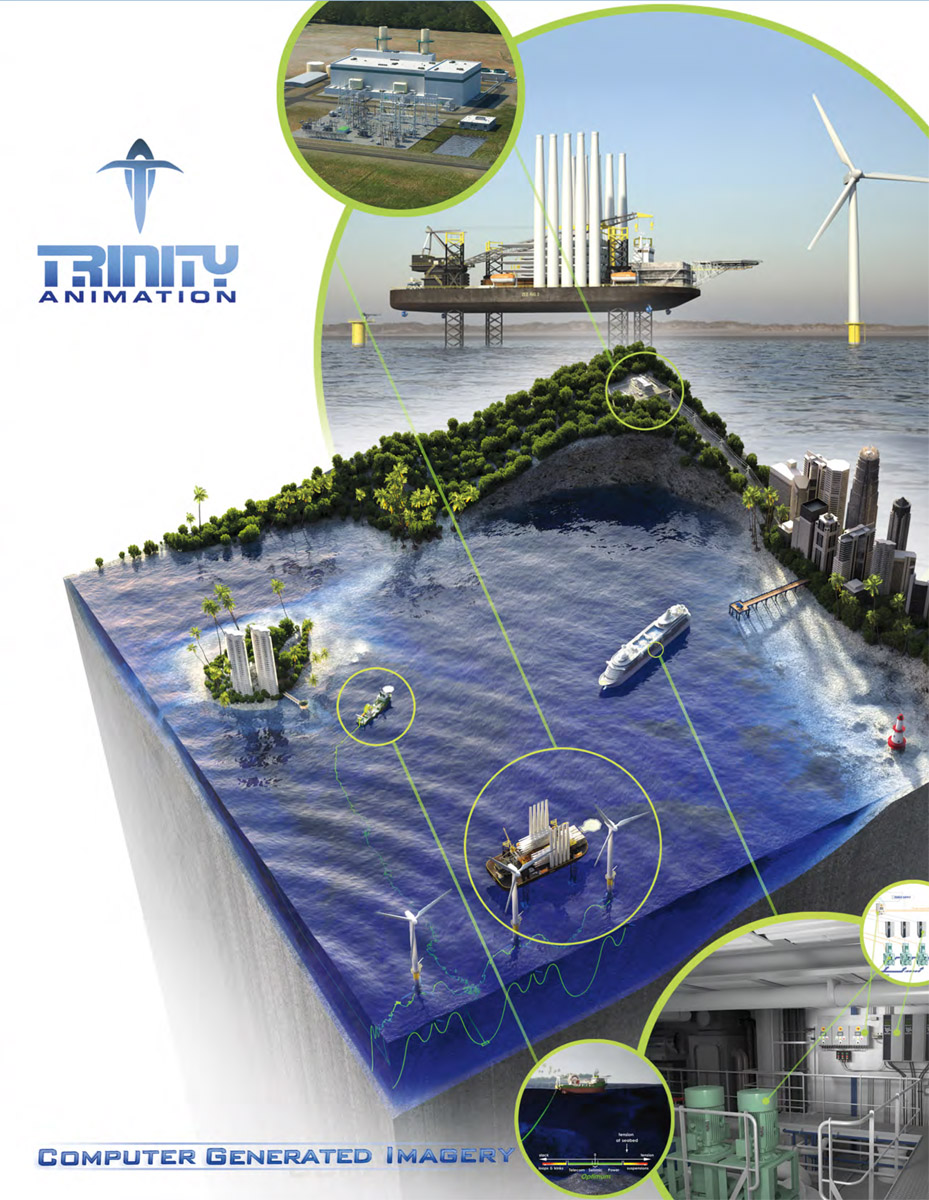
Technical Animation in Engineering
In the realm of engineering, where complex concepts and intricate designs are the norms, the ability to clearly visualize and communicate these elements is paramount. Enter the world of technical animations—a dynamic tool that has become indispensable for engineers, designers, educators, and stakeholders alike. Technical animation refers to the use of animation techniques to graphically illustrate engineering concepts, mechanisms, processes, and operations in a detailed and visually engaging manner. Unlike static images or textual descriptions, animations bring to life the functionality and inner workings of engineering designs, allowing for a deeper understanding and appreciation of technical complexities.
 The significance of technical animations in engineering cannot be overstated. They serve as a bridge between abstract concepts and tangible understanding, making them a powerful educational tool. For engineers and designers, these animations facilitate the exploration of design concepts, testing through virtual simulations, and identification of potential issues before physical prototypes are built. In educational settings, they provide students with a visually intuitive way to grasp complex engineering principles, enhancing learning outcomes and retention. Moreover, in client presentations and marketing, technical animations demystify product functionalities and engineering solutions, promoting clearer communication and understanding.
The significance of technical animations in engineering cannot be overstated. They serve as a bridge between abstract concepts and tangible understanding, making them a powerful educational tool. For engineers and designers, these animations facilitate the exploration of design concepts, testing through virtual simulations, and identification of potential issues before physical prototypes are built. In educational settings, they provide students with a visually intuitive way to grasp complex engineering principles, enhancing learning outcomes and retention. Moreover, in client presentations and marketing, technical animations demystify product functionalities and engineering solutions, promoting clearer communication and understanding.
As we delve deeper into the digital age, the role of technical animations in engineering continues to expand. With advancements in software and technology, creating highly detailed and accurate animations has become more accessible, enabling their application across various stages of engineering projects—from conceptualization to completion. This introductory glimpse into the world of technical animations sets the stage for a comprehensive exploration of their historical evolution, applications, creation processes, and the challenges encountered along the way. By unraveling the power of technical animations, we uncover their indispensable role in illustrating, educating, and communicating engineering practices in an increasingly complex and technical world.
Historical Evolution of Technical Animation
The journey of technical animations in engineering is a fascinating tale of progression from rudimentary sketches to the complex, multi-dimensional animations we utilize today. This evolution mirrors the broader technological advancements in visualization and computing, highlighting how each leap forward has enhanced our capacity to represent and understand engineering concepts.
In the early days, technical illustrations were predominantly hand-drawn, static representations, serving as the primary means of visualizing engineering designs. These illustrations, while detailed, offered a limited perspective, confined to the skill of the illustrator and the two-dimensional plane. The advent of photography added realism to these depictions, but the breakthrough came with the introduction of computer-aided design (CAD) in the late 20th century. CAD software revolutionized technical drawings, allowing for precise, scalable, and easily modifiable designs. However, these were still primarily static images.
 The real transformation began with the integration of computer graphics and animation techniques into engineering visualization. Initially, these animations were simple and used primarily for basic simulations or to illustrate movement. As computing power increased, so did the complexity and realism of technical animations. The introduction of 3D modeling software further expanded the possibilities, enabling engineers to create detailed simulations of mechanisms and processes, visualize stress and strain on materials, and conduct virtual prototypes and testing.
The real transformation began with the integration of computer graphics and animation techniques into engineering visualization. Initially, these animations were simple and used primarily for basic simulations or to illustrate movement. As computing power increased, so did the complexity and realism of technical animations. The introduction of 3D modeling software further expanded the possibilities, enabling engineers to create detailed simulations of mechanisms and processes, visualize stress and strain on materials, and conduct virtual prototypes and testing.
This historical evolution from hand-drawn sketches to sophisticated 3D animations has not just changed the tools engineers use; it has expanded the very horizons of engineering possibilities. It has made the invisible visible, the complex understandable, and the theoretical practical. As we continue to explore the impact and applications of technical animations in engineering, it’s clear that the history of these tools is not just a record of technological advancement but a testament to the ever-evolving nature of human ingenuity and creativity in solving complex engineering challenges.
The Power of Visualization in Engineering
 The human brain processes visual information significantly faster than text, making visualization a powerful tool in the engineering domain. This cognitive advantage underscores the importance of technical animations in engineering, where complex systems and abstract principles are the norms. Animations transform these complexities into intuitive visual narratives, enhancing comprehension and facilitating a deeper understanding of intricate concepts that might be challenging to grasp through traditional methods.
The human brain processes visual information significantly faster than text, making visualization a powerful tool in the engineering domain. This cognitive advantage underscores the importance of technical animations in engineering, where complex systems and abstract principles are the norms. Animations transform these complexities into intuitive visual narratives, enhancing comprehension and facilitating a deeper understanding of intricate concepts that might be challenging to grasp through traditional methods.
Unlike static diagrams or textual descriptions, animations offer dynamic and interactive representations of engineering concepts, allowing viewers to see the actual movement and interaction of components in real-time. This dynamic visualization aids in briditing the gap between theory and practice, making it easier for students, engineers, and non-experts alike to understand how systems operate, how components interact, and how processes unfold over time. For instance, visualizing the airflow around an aircraft wing in a wind tunnel simulation can provide insights into concepts of lift and drag that are difficult to convey through equations or static images alone.
Moreover, technical animations cater to various learning styles, making education more inclusive and effective. They can be paused, replayed, and explored from different angles, giving learners the control to study at their own pace and according to their learning preferences. This flexibility is particularly beneficial in complex fields like engineering, where mastery requires not just rote memorization but a deep understanding of underlying principles and their applications.
In summary, the power of visualization through technical animations lies in their ability to make abstract concepts tangible, complex information accessible, and learning experiences more engaging and effective. As we delve into the applications of technical animations, it becomes evident how these visual tools are transforming engineering education, design, and communication.
Applications of Technical Animations in Engineering
Technical animations find applications across various facets of engineering, proving to be invaluable tools in design, education, and communication. Their versatility and effectiveness in conveying complex information have made them indispensable in modern engineering practices.
Design and Prototyping
In the design phase, technical animations allow engineers to visualize concepts and explore design alternatives in a virtual environment. This visualization aids in identifying potential design flaws and opportunities for improvement without the need for physical prototypes, saving time and resources. Furthermore, animations can simulate real-world conditions, such as fluid dynamics or structural stress, providing insights into how a design would perform under different scenarios. This capability is crucial in optimizing designs for functionality, safety, and efficiency before moving to the manufacturing stage.
Education and Training
Technical animations have revolutionized engineering education and training. By providing a visual and interactive means of learning, they help students and professionals grasp complex theories and processes more effectively. Animations make abstract concepts more concrete, allowing learners to see the practical applications of theoretical knowledge. In e-learning and virtual classrooms, technical animations play a critical role in delivering content that is both engaging and informative, catering to a global audience with diverse learning needs.
Marketing and Client Communication
For engineering firms, technical animations are powerful marketing and communication tools. They can be used to showcase the features and benefits of complex products or solutions in a way that is easily understandable to clients and stakeholders. By breaking down technical jargon and presenting information in a visually appealing format, animations help bridge the communication gap between engineers and non-technical audiences. This clarity not only enhances customer understanding and satisfaction but also aids in the decision-making process, ultimately driving business success.
Creating Effective Technical Animations
The effectiveness of a technical animation hinges on several key factors, including accuracy, clarity, and visual appeal. Ensuring these elements requires a combination of technical expertise, creative vision, and the right tools.
Firstly, accuracy is paramount. Technical animations must accurately represent the engineering concepts, processes, or systems they are intended to illustrate. This demands a thorough understanding of the subject matter and meticulous attention to detail in the animation process. Misrepresentation or oversimplification can lead to misunderstandings or misconceptions about the engineering principles involved.
Clarity is equally important. The primary goal of technical animations is to simplify complex information, making it accessible to the intended audience. This means avoiding unnecessary details that could clutter the visualization and detract from the main message. The use of clear, intuitive visuals and logical sequencing is crucial in guiding the viewer through the animation without overwhelming them.
Finally, visual appeal should not be overlooked. Engaging animations are more likely to capture and hold the audience’s attention, enhancing learning and comprehension. This involves using appropriate colors, lighting, and perspectives, as well as incorporating interactive elements where possible to provide a more immersive experience.
The creation of effective technical animations also relies heavily on the use of advanced software and technology. From 3D modeling and rendering tools to simulation software, the choice of technology can significantly impact the quality and realism of the final animation. Continual advancements in these tools offer new possibilities for creating more sophisticated and informative technical animations.
Challenges and Considerations in Technical Animation Production
Despite their numerous benefits, the production of technical animations is not without challenges. High production costs, time constraints, and the need for specialized skills are among the primary hurdles faced by engineering teams and educators.
The creation of high-quality technical animations often involves significant investment in software, hardware, and human resources. Advanced 3D modeling and animation software packages can be expensive, and rendering complex animations requires powerful computing resources. Moreover, the process of developing accurate and detailed animations is time-consuming, requiring the collaboration of engineers, animators, and subject matter experts. This multidisciplinary effort necessitates not only technical skills but also artistic creativity and a deep understanding of the engineering concepts being illustrated.
To overcome these challenges, it’s crucial to carefully plan and manage the animation production process. This includes defining clear objectives for the animation, prioritizing key messages, and identifying the target audience. Effective project management can help streamline the development process, ensuring that the animation is delivered on time and within budget. Additionally, leveraging existing resources, such as open-source software and online platforms for collaboration, can reduce costs and facilitate the sharing of expertise.
It’s also important to consider the accessibility of technical animations, especially in educational contexts. Ensuring that animations are available across various devices and platforms, and accommodating



